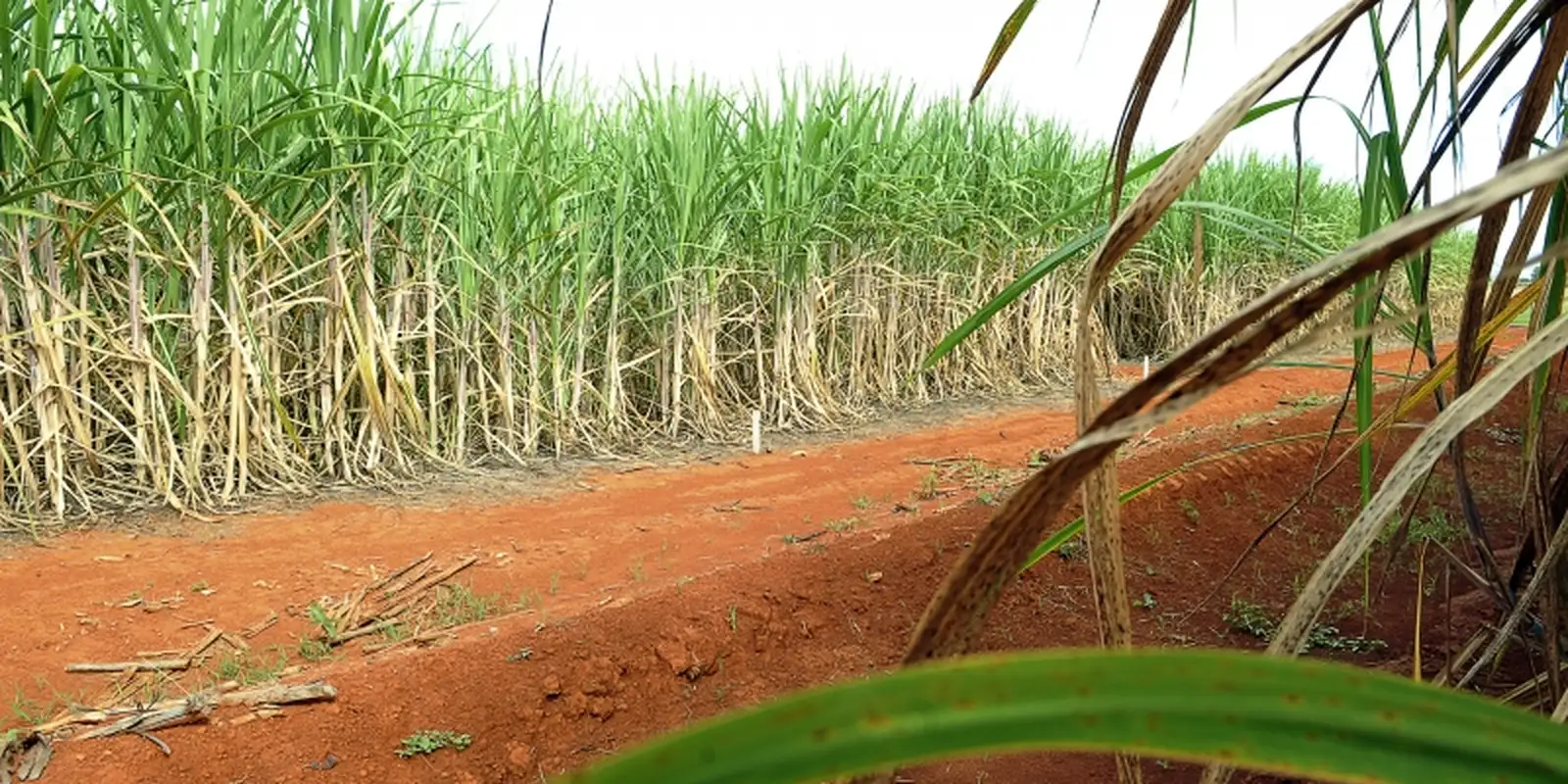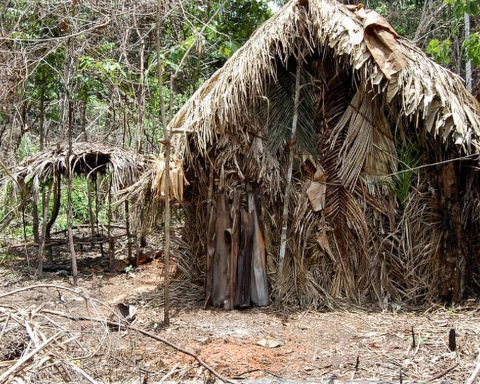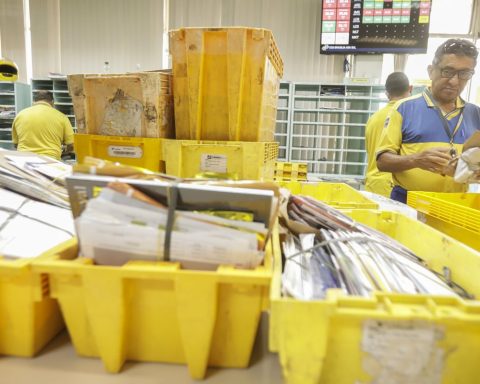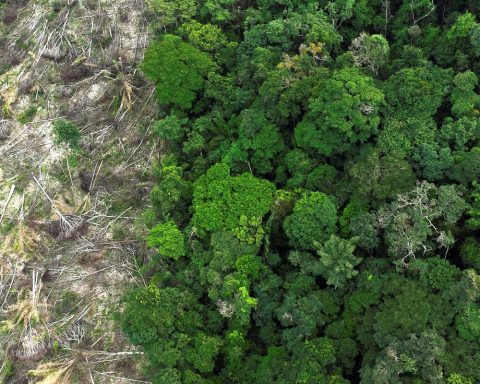Brazil recorded the second largest sugarcane production during the 2024-2025 cycle, with an estimated total of 676.96 million tons of the product. The result is 5.1% lower than the record crop, recorded in the previous cycle, harvested between 2023 and 2024.
According to the National Supply Company (Conab), the fall was “reflection of the low rainfall rates, combined with the high temperatures recorded in the Center-South region, which represents 91% of the country’s total production”, allied to the burned observed in sugarcane fields. Fire, according to the company, consumed several sugarcane plugs in full production.
“These adverse conditions recorded throughout the season negatively influenced average productivity, being 77,223 pounds per hectares,” Conab recorded by announcing, on Thursday (17), the results of the 4th survey on the culture released by the company.
>> Dry extreme drops sugarcane productivity and plants anticipate harvest
Southeast and Midwest
Main sugarcane producing region, the Southeast took 439.6 million tons, resulting 6.3% lower than that obtained in the previous crop. In terms of area, there was an increase of 7.5% on the same comparison base, reaching a total of 5.48 million hectares
“This increase, however, was not sufficient to regain losses recorded by the drop in productivity of 12.8%, estimated at 80,181 pounds per hectare,” said Conab.
In the Midwest, the harvest did not show wide variations in relation to the result of the record crop, obtained in the previous cycle. 145.3 million tons (0.2%) were harvested in this relevant producing region.
“As in the Southeast, the area grew 4%, reaching 1.85 million hectares, while the productivity was 3.7% smaller, projected at 78,540 pounds per hectare,” said Conab.
Northeast, South and North
Cycle harvest 2024/2025 is still being finalized in the Northeast. If the company’s estimate is confirmed, production there will be 54.4 million tons, which represents a drop of 3.7% over the previous crop.
According to Conab, this result was influenced by water restriction in the region, which reduced the average crop yields. The harvested area increased by 1.6%, reaching 897.5 thousand hectares.
The southern region dropped both in terms of area and productivity. Estimated at 33.6 million tons, production will be 13.2% lower than the past cycle.
In the northern region, the panorama is the opposite, with increases in area and productivity, of 1.4% and 1.1% respectively. According to Conab, the harvest is estimated at 4 million tons in the region.
By -products
The reduction in the volume of harvested sugarcane also resulted in a drop in sugar production. The survey indicates that the drop was 3.4%, which corresponds to an estimated total of 44.1 million tons.
“Despite the reduction compared to the last crop, the end-up season presents the sweetener’s second largest production in Conab’s historical series. This good result is a reflection of the product favorable to the product, which made much of the raw material for sugar manufacturing,” he explained.
Ethanol
In the case of ethanol, there was 4.4% growth in total production of 37.2 billion liters. The increase was obtained even with the fall (1.1%) of production from sugarcane crushing as a result of the worsening of weather conditions. The total produced was 29.35 billion liters.
“The good result is due to the increase of ethanol manufactured from corn. In this crop, about 7.84 billion liters originated the cereal, an increase of 32.4% compared to cycle 2024/23,” the company.
Exports
According to Conab, exports remained high, keeping Brazil as the main world supplier of the product.
“At the closing of the 2024/25 crop, sugar volumes were stable compared to the previous crop, at 35.1 million tons. However, the revenue was $ 16.7 billion, a drop of 8.2% over the last crop revenue, the result of the lower price scenario,” says Conab.
Ethanol export closed the cycle with a total of 1.75 billion liters boarded. A 31% drop in comparison with cycle 2023/24.
Conab explains that corn ethanol has gained more relevance, with increased production in new units and efficiency of existing plants.
















